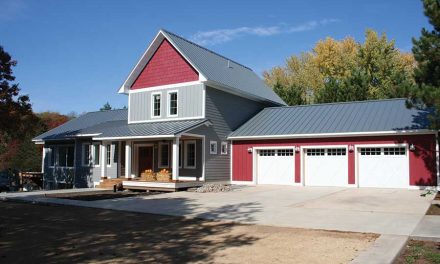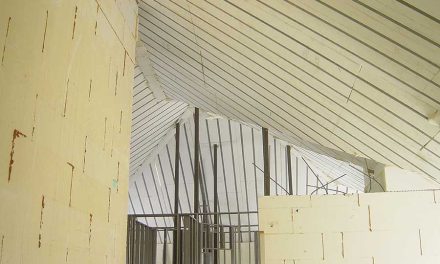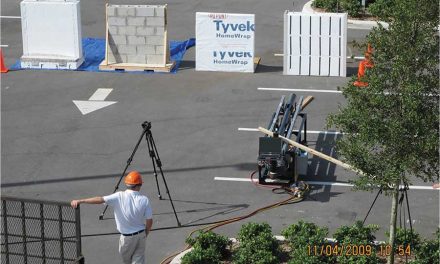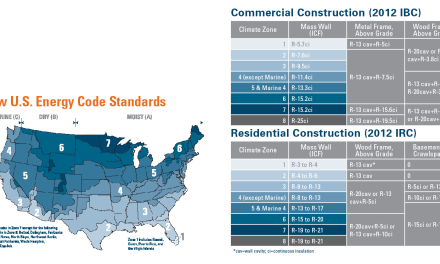Making ICFs More Affordable than Ever
ICF homes are now more affordable than ever.
An increasing number of lenders are offering discounted financing for energy efficient homes, putting ICF homeownership within reach of some homebuyers who otherwise may not be able to afford it.
Mark Jansen, an energy rater affiliated with the Residential Energy Services Network (RESNET) explains how it works.
“The Energy Efficient Mortgage recognizes that energy efficient homes cost homeowners less to operate on a monthly basis than standard homes because they use less energy. Homebuyers who choose energy efficient homes can afford to spend more on their mortgage because they will likely spend less on their energy costs. The EEM allows borrowers to qualify for a larger mortgage as a result of the energy savings.”
In addition to new construction, the EEM can also be used for refinance transactions.
Different savings levels apply depending on the insulation level. “ICFs are automatically Grade 1 insulation” says Jansen. “So ICFs qualify for the highest savings in the EEM program.
The EEM benefits the borrower in several ways. First, the estimated energy savings are added to the borrower’s income to allow the homebuyer to qualify for a larger total mortgage amount. The EEM allows borrowers to include the costs of energy improvements (in this case, building exterior walls out of ICFs) into the total mortgage amount.
Jansen says most of the major lenders—including HUD, FHA, VA, Fannie Mae, and Freddie Mac—will also allow prospective homebuyers to stretch their debt-to-income ratios, which will help them qualify for a more costly home.
Traditionally, lenders do not allow mortgage payments to exceed 29% of person’s income. But most lenders will stretch that to 31%, and Freddie Mac up to 33% for an EEM. For a homebuyer making $50,000 annually, it would increase their buying power by $25,000.
To qualify, the projects must be a one unit, owner-occupied home or condominium. The building must also be energy-rated. Home energy ratings involve an on-site inspection by a residential energy rater. The home energy rater inspects the home and measures its insulation levels, window efficiency, wall-to-window ratio, the heating and cooling system efficiency, and the solar orientation of the home. Performance testing, such as a blower door test measuring door and duct leakage may be used. The home receives a point score between 1 and 100, depending on its relative efficiency. An estimate of the home’s energy costs is also provided.
“Prospective homebuyers should talk to their loan officer,” says Jansen. “To use desktop underwriting, the loan officer needs a signed addendum to authorize an energy efficient mortgage.
Complete information on RESNET’s energy mortgages is available on their website: www.resnet.us/resources/lender.
In addition to RESNET, several other regional lending institutions, such as IndyMac Bank, also offer special financing for ICF construction.
Reward Wall Systems offers a unique financing program for owner-builders that use their forming system. Basically, it uses the money that the owner saves by acting as his own installer as the down payment on the loan. Contact Reward Walls for additional details.













